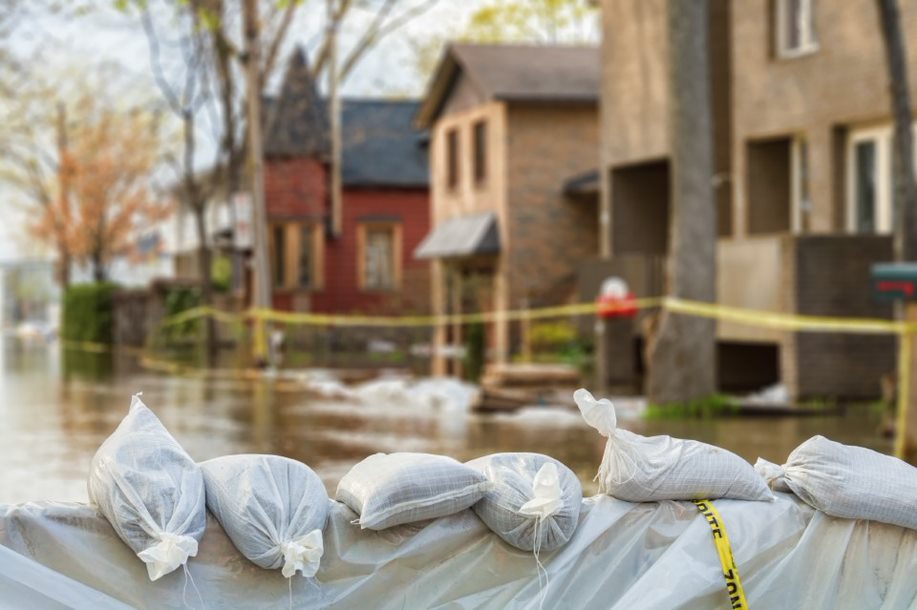Large-scale incidents: big problems call for big solutions
Since 1982, France has suffered more than 100 climatic events causing billions of euros in material damage. With climate change, the annual frequency of these accidents is constantly increasing, having almost quadrupled in the last two decades compared to the previous four. In the event of a large-scale event (LSE),…
Since 1982, France has suffered more than 100 climatic events causing billions of euros in material damage. With climate change, the annual frequency of these accidents is constantly increasing, having almost quadrupled in the last two decades compared to the previous four. In the event of a large-scale event (LSE), an immediate operational response is essential to quickly qualify the situation and propose emergency measures adapted to the expectations of insurers and the needs of the people affected.
Large-scale incidents: losses on a massive scale

Large-scale events are usually meteorological, hydrological (water-related) or climatological disasters that have a significant impact on a given geographical area.
Whether it is a department, a region or the entire country, this type of disaster can affect several thousand people simultaneously. Floods, storms, floods, hailstorms, etc. are all events that can have devastating material, human and financial consequences.
Hence the need for immediate mobilisation on the part of our management teams to assist, reassure and support disaster victims. This preparatory work is essential before our multi-specialist loss adjusters can intervene on site, between objectivity in the face of losses and empathy towards those who have been hit hard by the disaster.
An organisation that is up to the challenge
A large-scale incident is, by nature, something out of the ordinary. This is why, when there is a natural disaster, Stelliant Loss Adjusting immediately activates a crisis cell, which results in the large-scale incident plan being put into place.
Given the rapid influx of claims (which often number in the hundreds or thousands), meticulous planning is crucial. Stelliant Loss Adjusting’s specially dedicated administrative teams are able to rapidly process large volumes of claims. They adopt a predictive management approach to calculate the precise resources needed over the days and months to come.
A team entirely dedicated to large-scale incidents is immediately mobilised and tasked with categorising and overseeing each case from A to Z, and managing the provisional measures recommended to the victims.
Stelliant Loss Adjusting has the agility and flexibility to offer a response that matches the severity of the large-scale incident. Local teams are able to respond quickly for low- or high-stakes cases, while loss adjusters from all over France who are ultra-specialised in their sectors can be mobilised for major disasters that pose an immediate threat to the safety of residents in the area affected.
An adapted response according to the EGA
Innovative tools
at your disposal
A tailored approach
to the intensity of the disaster
A team entirely dedicated
to large-scale events
Managing workload spikes smoothly
If the Stelliant group is able to cope with large-scale events, it is above all thanks to an organisation specially designed to manage peaks in activity. Each of our loss adjusters, both specialists and multi-specialists, is obliged to plan 2 weeks of reinforcement per year, allowing for the rapid deployment of resources in a given geographical area.
When the situation requires it, our loss adjusters are available 7 days a week and our administrative teams, assistants and managers, 6 days a week. This agility is an integral part of the Group’s DNA. Over the last 3 years, the large-scale disaster plan has been implemented more than twenty times, for a total of more than 50,000 cases managed within this framework.
In addition to know-how, our post-disaster solutions subsidiary supports victims and their insurers with technicians specialised in restoration, in-kind repairs and dewatering in the case of mass flooding.
On the construction side, geotechnical engineers assist our building experts in the design and management of the repair work, the cost of which has been checked and optimised by our construction economists beforehand.
